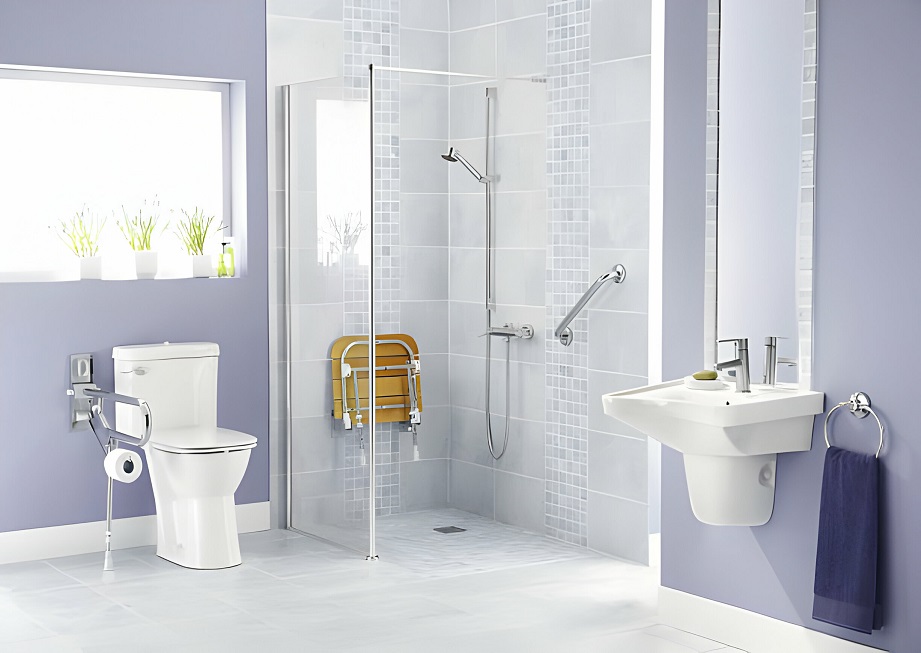Ensuring the safety of children in the home is a top priority for parents and caregivers. One area that often gets overlooked is the bathroom, specifically the toilet. Toilet lock child safety is an important aspect of home safety that all homeowners should consider. By implementing effective strategies, parents can prevent potential accidents and keep their children safe.
The bathroom is a place where children can encounter numerous hazards. From slippery floors to sharp objects, it is crucial to childproof this area of the home. One of the most significant concerns is the toilet, which can pose a drowning risk for young children. By using a toilet lock, parents can significantly reduce this risk and ensure a safer environment for their little ones.

Why is Toilet Lock Child Safety Important?
Toilets are more dangerous than they might appear. Young children are naturally curious and may be drawn to the water in a toilet bowl. This curiosity can lead to accidents, as toddlers may attempt to play with or even climb into the toilet. Tragically, this can result in drowning, as a child can drown in just a few inches of water.
By installing a toilet lock, you can prevent children from opening the toilet lid. This simple device acts as a barrier, ensuring that children cannot access the water inside the toilet bowl. Learn more about home safety measures.
Choosing the Right Toilet Lock
When selecting a toilet lock, there are several factors to consider. First, ensure that the lock is easy for adults to use but difficult for children to manipulate. Look for locks that are durable and made from high-quality materials. Additionally, consider the installation process some locks require tools, while others can be installed without any hardware.
It’s also important to choose a lock that fits your toilet model. Toilets come in various shapes and sizes, so make sure the lock you choose is compatible with your specific toilet.
Installing a Toilet Lock
Installing a toilet lock is generally a straightforward process. Most locks come with detailed instructions to guide you through the installation. Typically, you will need to clean the surface of the toilet lid and seat, attach the lock according to the instructions, and secure it in place.
Some locks may require adhesive or screws, while others simply snap into place. Regardless of the type, make sure the lock is securely fastened to prevent any tampering by curious little hands.
Maintaining Your Toilet Lock
Once installed, it’s important to regularly check the condition of your toilet lock. Over time, wear and tear can affect the lock’s functionality. Periodically inspect the lock for any signs of damage or wear, and replace it if necessary.
Additionally, ensure that the lock remains clean and free from any build-up of dirt or grime. A well-maintained lock will continue to function effectively, providing peace of mind for parents and caregivers.
Additional Bathroom Safety Tips
While toilet lock child safety is crucial, there are other measures you can take to enhance bathroom safety. Consider installing waterproof mats to prevent slips and falls, especially on wet floors. Additionally, using bathroom safety sensors can alert you to potential hazards such as leaks or excess moisture.
For homes with young children, using childproof faucet covers can prevent accidental burns from hot water. Adjusting the water heater temperature to a safe level can also reduce the risk of scalding injuries.
Creating a Safe Bathroom Environment
Childproofing the bathroom involves more than just installing a toilet lock. Consider the overall layout and design of the bathroom to minimize risks. For instance, storing cleaning products and medications out of reach is essential to prevent accidental ingestion.
Additionally, ensure that electrical outlets are equipped with safety covers to avoid electrical hazards. Keep sharp objects, such as scissors and razors, securely stored away when not in use.
Educating Your Children
While implementing physical safety measures is important, educating your children about bathroom safety is equally crucial. Teach them about the dangers of playing with water and the importance of keeping the toilet lid closed.
Encourage your children to ask for help if they need to use the bathroom, especially if they are still too young to do so independently. Open communication about safety can help reinforce the importance of these measures.
Monitoring Bathroom Activities
Supervision is key to ensuring bathroom safety. Whenever possible, accompany young children to the bathroom to monitor their activities. This supervision is especially important for toddlers and preschoolers who are still learning bathroom routines.
By staying vigilant, you can quickly intervene if you notice any unsafe behaviors or potential hazards.

FAQs About Toilet Lock Child Safety
1. Are toilet locks necessary for all households?
While not every household may require a toilet lock, it is highly recommended for homes with young children. The lock provides an added layer of safety by preventing access to the toilet water.
2. Can toilet locks be removed easily?
Yes, most toilet locks can be removed without causing damage to the toilet. However, it’s essential to follow the manufacturer’s instructions to ensure proper removal.
3. At what age can children safely use the bathroom without a toilet lock?
The age at which a child can safely use the bathroom without supervision varies. Generally, around the age of 5 to 6, children can understand bathroom safety rules. However, each child’s development is different, so it’s essential to assess their readiness individually.
In conclusion, toilet lock child safety is a vital consideration for any household with young children. By taking proactive measures to childproof the bathroom, parents can create a safer environment and prevent potential accidents. Remember that vigilance, education, and the use of appropriate safety devices are key to ensuring the well-being of your little ones in the bathroom.
This article contains affiliate links. We may earn a commission at no extra cost to you.

